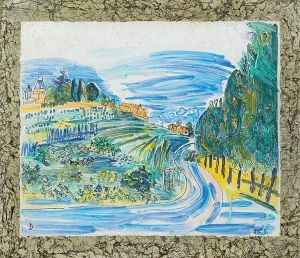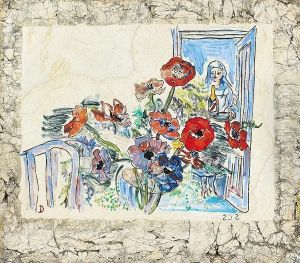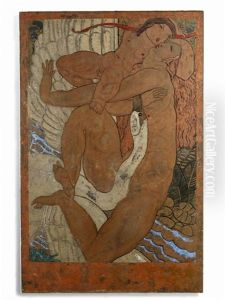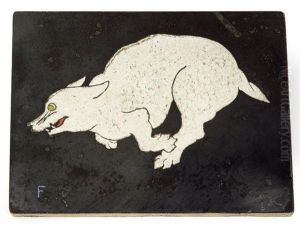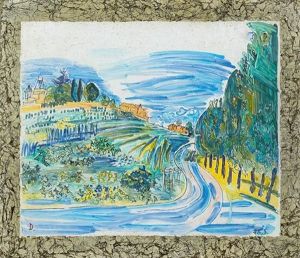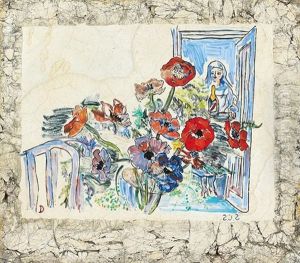Speranza Calo-Seailles Paintings
Speranza Calo-Seailles, born in 1885, was a unique figure in the art world, known not only for her own artistic contributions but also for her influence within the vibrant cultural milieu of her time. Her life, though tragically cut short in 1920, was marked by her devotion to the arts and her role in fostering the talents of other artists.
Born into an era where the role of women in the arts was evolving, Calo-Seailles was part of a movement that sought to redefine women's place in the artistic community. Her work often reflected the complexities of her identity and her experiences. While specific details about her education and early influences are not widely documented, it is clear that she was engaged with the contemporary art movements of her time, perhaps contributing to or being influenced by genres such as symbolism, expressionism, or modernism, which were prevalent in the late 19th and early 20th centuries.
Throughout her career, Calo-Seailles was known to have a profound impact on her contemporaries. Her artistic style may have evolved over time, but her commitment to expressing emotion and exploring the depths of human experience remained constant. Her work was not just a reflection of her inner world but also a commentary on the society around her, dealing with themes such as femininity, identity, and the human condition.
Despite her premature death in 1920, Speranza Calo-Seailles left behind a legacy that continued to inspire and influence the art world. The paucity of information about her life and work has made her a somewhat enigmatic figure, but it is evident that her artistic output and her connections with other artists of her time played a significant role in the cultural dialogues of the early 20th century. Due to the limited records, her oeuvre may not be as well-known as some of her contemporaries, yet her contribution to the arts remains an important part of the historical narrative, offering insight into the diverse and dynamic roles women played in shaping modern art.
